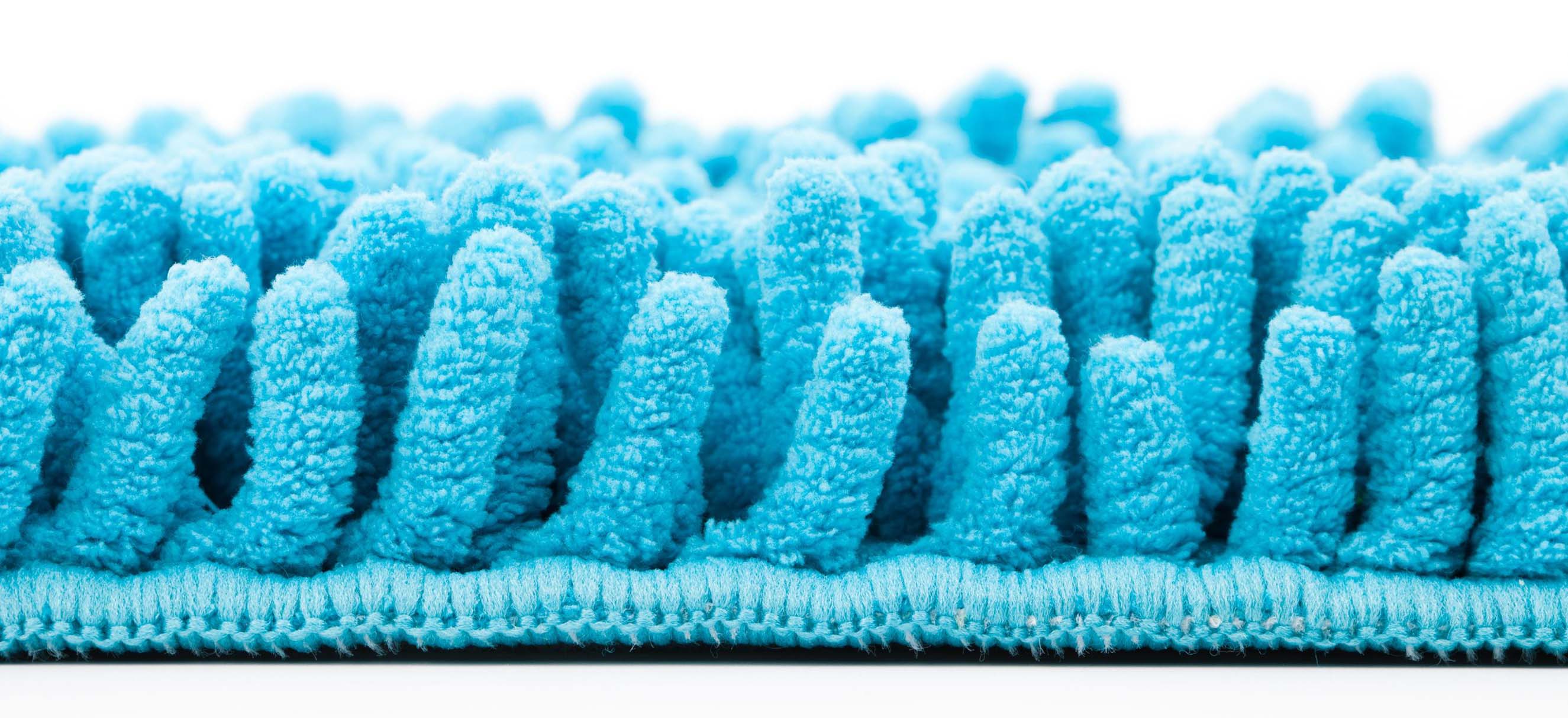Green cleaning makes a healthier place for everyone at school. It does this by decreasing the chance of exposure to harmful chemicals. Green cleaning and green products make it safer and may reduce health problems that can be caused by traditional commercial cleaning products. The transition from traditional cleaners can be easy. Here are a few simple steps you can follow to make the shift quickly and effectively.
Train Your Team in Green Cleaning
Teach your team how to create a clean environment using new and different ways of cleaning. Tell them what green cleaning is. Using green products usually costs less, makes places healthier, and works just as well as old-school commercial products.
 Train your team on how to find green products. 3rd Party Certificate Programs help to create and label green products. They test cleaning products for chemicals and then certify if the product is green or not. These products must meet high standards for human health to be cleared. These programs are run by the US Environmental Protection Agency (EPA). The EPA does not allow products that may cause asthma, cancer or reproductive problems to be labeled green. Each product must also meet a cleaning effectiveness standard in order to be certified. When a product has been certified as a Green Product, it is marked. Make sure your team knows these marks so they are using green products.
Train your team on how to find green products. 3rd Party Certificate Programs help to create and label green products. They test cleaning products for chemicals and then certify if the product is green or not. These products must meet high standards for human health to be cleared. These programs are run by the US Environmental Protection Agency (EPA). The EPA does not allow products that may cause asthma, cancer or reproductive problems to be labeled green. Each product must also meet a cleaning effectiveness standard in order to be certified. When a product has been certified as a Green Product, it is marked. Make sure your team knows these marks so they are using green products.
Make sure your team knows which cleaning method will be best for every situation. Cleaning, sanitizing and disinfecting each do different jobs. Train your team in the differences and when to use each.
- Cleaning Products – include all purpose cleaners, bathroom cleaners, neutral cleaners, carpet cleaners, conventional cleaners, etc.
- Sanitizers – products that lower the number of germs by 99.99% when cleaning hard surfaces.
- Disinfectants – chemicals that destroy 99.99% of germs like bacteria and viruses.
Regular cleaning normally removes 99% of germs, so it is not necessary to disinfect regularly. Disinfecting is only necessary when there is bodily fluid present (vomit, blood, urine, etc.) High touch surfaces like door knobs, table tops, walls, etc. should be cleaned regularly. Certain areas like food services, child care areas and nurse’s areas are required to be sanitized and disinfected.

Microfiber mops last up to twice as long as traditional mops. They also reduce bacteria on floors 300% better than cotton-loop mops.
Finally, train your team in green equipment. Green equipment removes allergens and germs with less harmful chemicals. It also uses less water making it friendlier to the environment. Green equipment increases productivity while decreasing the chance of injury and illness. Common green equipment includes:
- Abrasive Floor Pads – using a wet process they help to strip floor wax while also eliminating the use of chemicals.
- Carpet Extractors – remove allergens from carpets and lessen the chance for mold. When using carpet extractors, be sure to also use carpet dryers. The extra moisture may cause mold, so drying the carpet quickly and effectively is necessary.
- Floor Burnishers – shine floors. Those with high-efficiency particulate air filtration capture dust so it is not floating in the air.
- Steam Cleaning Equipment – using tap water to clean, they remove mold and kill germs.
- Vacuum Cleaners – remove dirt, dust, and germs. Be sure to use those with high-efficiency particulate air filters.
- Walk-off Mats – remove dirt and other allergens from shoes making floors and air cleaner.
- Microfiber (mops and cloths) – absorbent, durable, simple to clean, specifically made cloths that require less effort and decrease the chance of injury and illness.
Selecting the Right Products
When selecting cleaning products, be sure to only select products that are third-party certified cleaners. These cleaners will be marked with “Green Seal” approval. Disinfectants that have pesticides are not allowed to be certified under the EPA guidelines. To test the safety of these products, you can look at the ingredients and test them against a list of asthma-safer chemicals. A list of these asthma-safer chemicals can be found on page 28 of the “Healthy Cleaning & Asthma-Safer Schools: A How-To Guide.” Also, use products with dilution control systems. You can dilute cleaning products so that they can be used at different strengths. Not only does this help schools save money, but it also lessens chemical exposure by reducing the amount of chemicals in the product. Consider switching to microfiber cloths and mops. When using microfiber products, it is good to color-code them to avoid cross-contamination.
We Can Help
Creating, training, and maintaining a team of on-site green cleaning pros can be time-consuming. We can help. With our CST ecoclean ™ program, Carolina Services of the Triad has been a leader in eco-friendly commercial cleaning in Winston-Salem, Greensboro, High Point and surrounding North Carolina cities. Let us put together a safer, healthier, and more cost-effective cleaning program for you.
In the final upcoming segment of Keeping Our Children Healthy: Green Cleaning for Schools, we’ll go over some of the things you should avoid.

